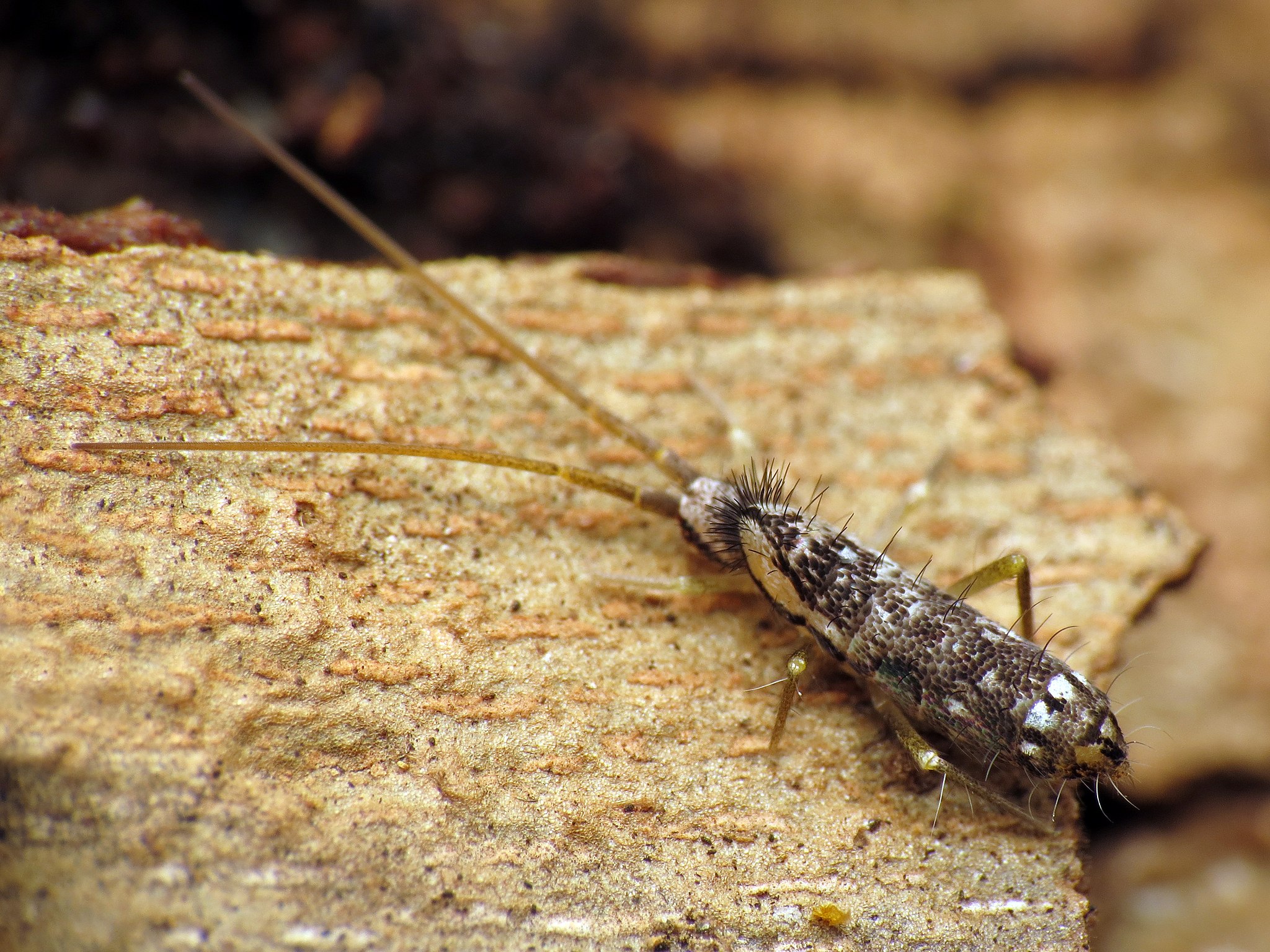Wizzie Brown, an insect specialist with the Texas A&M AgriLife Extension Service, says springtails are pests that you’ll usually see outside. But because they like moist places, seeing springtails inside indicates there may be a moisture problem in your home.
On how springtails got their name:
“These are small, wingless insects. They come in different body shapes and different colors. But they are going to have a little tail that’s called a ‘furcula.’ And then they have this kind of latch thing on their body that they will hook the tail into. And then when they release it, it causes them to spring through the air.”
On their fondness for moisture:
“If you have potted plants, especially if you bring potted plants in from outside, you can bring [springtails] in with you. They can also be in areas of moisture inside. I have seen them in bathroom areas that aren’t really ventilated properly. I have also seen them in areas where people have a pipe that is leaking in a wall void area. So these are one of those indicator kind of insects that we use because if you have them inside your house that really signifies that there is a moisture problem somewhere, and that you need to look for that moisture source and take care of it.”
On whether springtails are dangerous:
“These do not bite, they do not sting. These are simply a kind of a nuisance insect. But we really need to focus on environmental modification to keep them out of areas [where] we don’t want them.”
On keeping springtails away:
“How are your sprinklers hitting? Are they going away from the house to hit those landscape beds, or is it spraying onto the house itself? Because if it’s doing that, it can lead to these insects being really close to the house.”
How to know if you have springtails:
“Usually, people mistake them for fleas because they’re jumping. But they’re not that typical dark brown like fleas are. We usually recommend that people put out sticky traps around the house. And you would want to label those sticky traps with where you put them out. … Leave them for about a week.”
Written by Shelly Brisbin.















